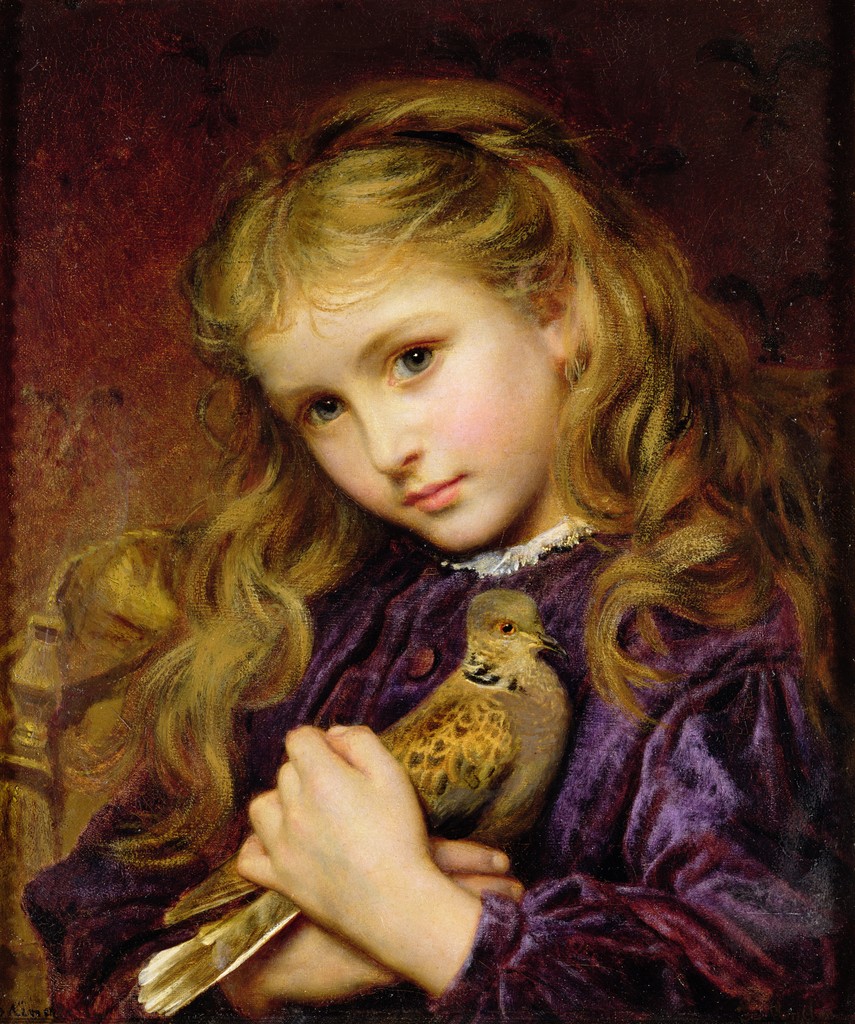|
Potton Wood
Potton Wood covers an area of 85ha (211 acres) and is two miles east of the small town of Potton in the county of Bedfordshire, England. It is part of Ampthill Forest and is managed by Forest Enterprise and owned by the Forestry Commission. Potton Wood has been designated a Site of Special Scientific Interest for its significance as an oak/ash/ field maple ancient woodland; its structure and flora are typical of the West Cambridgeshire Boulder Clay woodland group. Unusual plants in the wood include oxlip (a national rarity at the edge of its European range here), herb paris, bird's nest orchid and nettle-leaved bellflower. There are plants typical of ancient woodland: common bluebell, dog's mercury, yellow archangel, wood millet and wood anemone. Potton Wood has large areas of broadleaved woodland, some dating back to at least 1601, but also had commercially planted, non-native conifers which were removed in 2004 as part of a long-term project to restore the coppiced ancient ... [...More Info...] [...Related Items...] OR: [Wikipedia] [Google] [Baidu] |
Bedfordshire
Bedfordshire (; abbreviated Beds) is a ceremonial county in the East of England. The county has been administered by three unitary authorities, Borough of Bedford, Central Bedfordshire and Borough of Luton, since Bedfordshire County Council was abolished in 2009. Bedfordshire is bordered by Cambridgeshire to the east and north-east, Northamptonshire to the north, Buckinghamshire to the west and Hertfordshire to the south-east and south. It is the fourteenth most densely populated county of England, with over half the population of the county living in the two largest built-up areas: Luton (258,018) and Bedford (106,940). The highest elevation point is on Dunstable Downs in the Chilterns. History The first recorded use of the name in 1011 was "Bedanfordscir," meaning the shire or county of Bedford, which itself means "Beda's ford" (river crossing). Bedfordshire was historically divided into nine hundreds: Barford, Biggleswade, Clifton, Flitt, Manshead, Redbornestoke, S ... [...More Info...] [...Related Items...] OR: [Wikipedia] [Google] [Baidu] |
Anemone Nemorosa
''Anemonoides nemorosa'' (syn. ''Anemone nemorosa''), the wood anemone, is an early-spring flowering plant in the buttercup family Ranunculaceae, native to Europe. Other common names include windflower, European thimbleweed, and smell fox, an allusion to the musky smell of the leaves. It is a perennial herbaceous plant growing tall. Description ''Anemonoides nemorosa'' is a rhizomatous herbaceous perennial plant less than in height. The compound basal leaves are palmate or ternate (divided into three lobes). They grow from underground root-like stems called rhizomes and die back down by mid summer (summer dormant). The plants start blooming in spring, March to May in the British Isles soon after the foliage emerges from the ground. The flowers are solitary, held above the foliage on short stems, with a whorl of three palmate or palmately-lobed leaflike bracts beneath. The flowers are diameter, with six or seven (and on rare occasions eight to ten) tepals (petal-like segments) ... [...More Info...] [...Related Items...] OR: [Wikipedia] [Google] [Baidu] |
European Turtle Dove
The European turtle dove (''Streptopelia turtur'') is a member of the bird family Columbidae, the doves and pigeons. It breeds over a wide area of the south western Palearctic including north Africa but migrates to northern sub-Saharan Africa to winter. Taxonomy The European turtle dove was formally described by the Swedish naturalist Carl Linnaeus in 1758 in the tenth edition of his '' Systema Naturae''. He placed it with all the other pigeons in the genus '' Columba'' and coined the binomial name ''Columba turtur''. The specific epithet ''turtur'' is the Latin word for a turtle dove. Linnaeus gave the locality as "India". This was an error and the type locality has been designated as England. The species is now placed in the genus ''Streptopelia'' that was introduced in 1855 by the French ornithologist Charles Lucien Bonaparte. Four subspecies are recognised: * European turtle dove (''S. t. turtur'') (Linnaeus, 1758) – Europe, Madeira and the Canary Islands to weste ... [...More Info...] [...Related Items...] OR: [Wikipedia] [Google] [Baidu] |
Common Whitethroat
The common whitethroat or greater whitethroat (''Curruca communis'') is a common and widespread typical warbler which breeds throughout Europe and across much of temperate western Asia. This small passerine bird is strongly migratory, and winters in tropical Africa, Arabia, and Pakistan. Taxonomy The English ornithologist John Latham described the common whitethroat in 1783 in his ''A General Synopsis of Birds'' but introduced the binomial name ''Sylvia communis'' in the supplement to this work which was published in 1787. The specific ''communis'' is Latin for "common". The common whitethroat is now placed in the genus ''Curruca'' that was introduced by the German naturalist Johann Matthäus Bechstein in 1802. This species may appear to be closely related to the lesser whitethroat, the species having evolved only during the end of the last ice age similar to the willow warbler and chiffchaffs. However, researchers found the presence of a white throat is an unreliable morpho ... [...More Info...] [...Related Items...] OR: [Wikipedia] [Google] [Baidu] |
_(d.j.b.).jpg)
